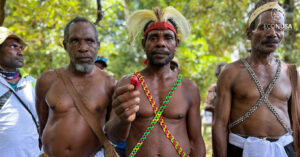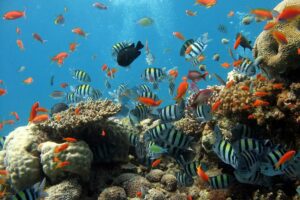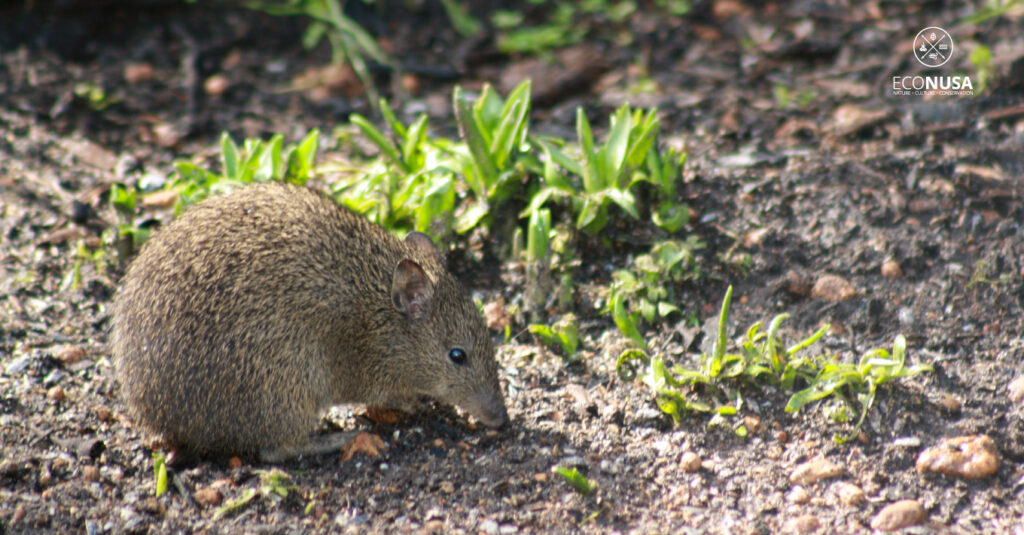
The Land of Papua is known for its rich biodiversity in the world. Any species with Indo-Malaysian and Australis characters is called the land of Papua, Home. In the lowland areas, flora and fauna have many similarities to species in other Southeast Asia regions and Australia. Meanwhile, in the highlands and mountainous areas, the species are very distinctive and have unique characteristics because of their isolation.
Read also: Forest of Halmahera, A Threatened Enchantment
Reported that The land of Papua is home to 602 species of birds with 52 percent are endemic birds, 223 species of reptiles 35 percent of endemic species, and 125 species of mammals with an endemicity level of 55 percent.
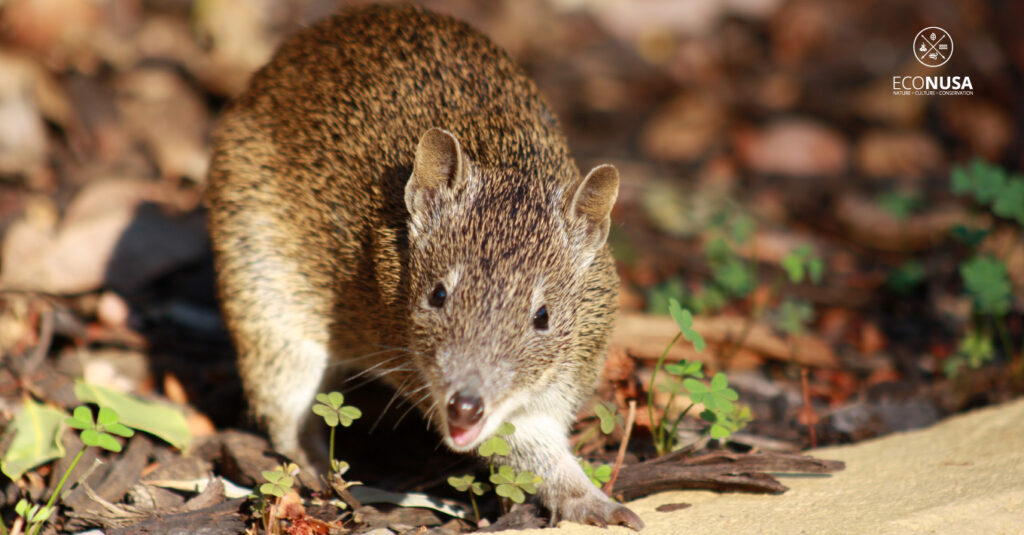
One of the endemic species that live in Papua is Bandicoot. The bandicoot is a transitional animal between Northern Australia and Papua New Guinea which is spread across the regions of Papua, Papua New Guinea, and Australia. In the Land of Papua Bandicoot lives on the islands of Waigeo, Biak, Yapen, to the northeast of Manokwari, Merauke, the south of New Guinea Island with an altitude of 1,550 meters above sea level. From 8 bandicoot species that can be found in Papua, two of them are endemic types, namely the northern brown bandicoot (Isoodon macrourus) and the Raffay bandicoot (Perorcytes raffrayana).
This rodent has a rather long nose muzzle, this species is also known as the pig rat. This animal has yellowish-brown hair with a slightly blackish pattern and tends to be a bit lighter on the cheeks and throat areas. The average body weight of this animal is 400-2000 grams. The front legs of this marsupial species are very nimble in digging the ground to find tubers, and the long hind legs allow them to jump far like a kangaroo.
Read also: Sago, Vegetation with Loads of Benefit Threatened by Development
For people in the Land of Papua, especially farmers, bandicoots are considered pests as they destroy crops in the garden. Bandicoots usually eat “petatas” (yam), “kasbi” (cassava), and corn plants. Local communities in the land of Papua are still hunting Bandicoots to prevent their corps from being eaten. Moreover, they consider bandicoots as a source of protein.
A study conducted by Frandz Rumbiak Pawere and John Arnold Palulungan from the Faculty of Animal Husbandry, University of Papua in 2020 stated that in one hunt, people can get and consume 1-10 bandicoots. Not only that, but the meat of these animals is also sold in the market for quite high prices, IDR 100,000 to IDR 200,000 per bandicoot.
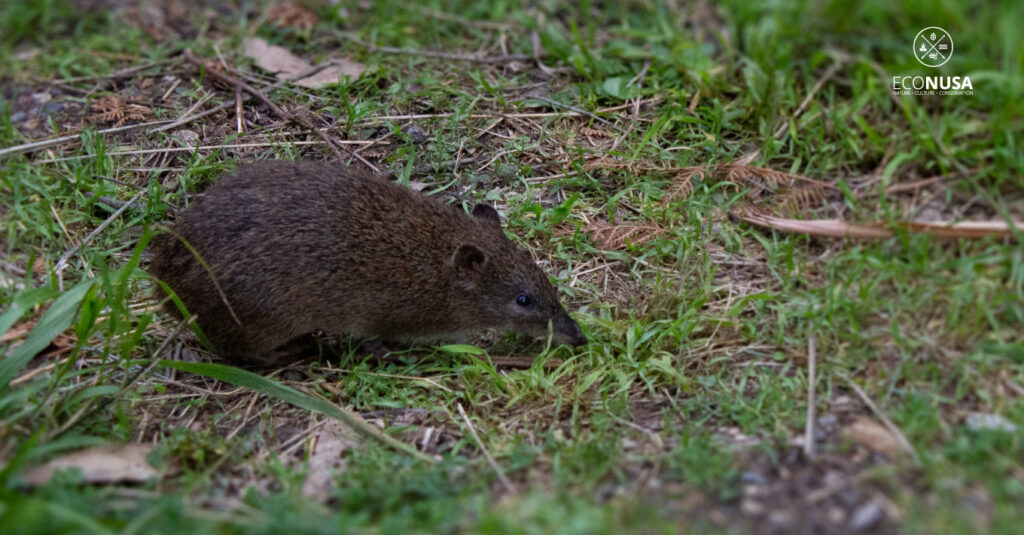
The richness of biodiversity in the Land of Papua is not only important in sustaining local people’s lives. But it also plays a vital role in maintaining the balance of the ecosystem. Forests are magnificent “supermarkets” for indigenous peoples, and also play a major role in carbon sequestration and maintaining climate balance. Preserving our forests and its biodiversity needs active participation from all of us. So we can support the carbon net sinks target and reduce negative impacts on the climate crisis.
Editor: Nur Alfiyah and Swinny Adestika


